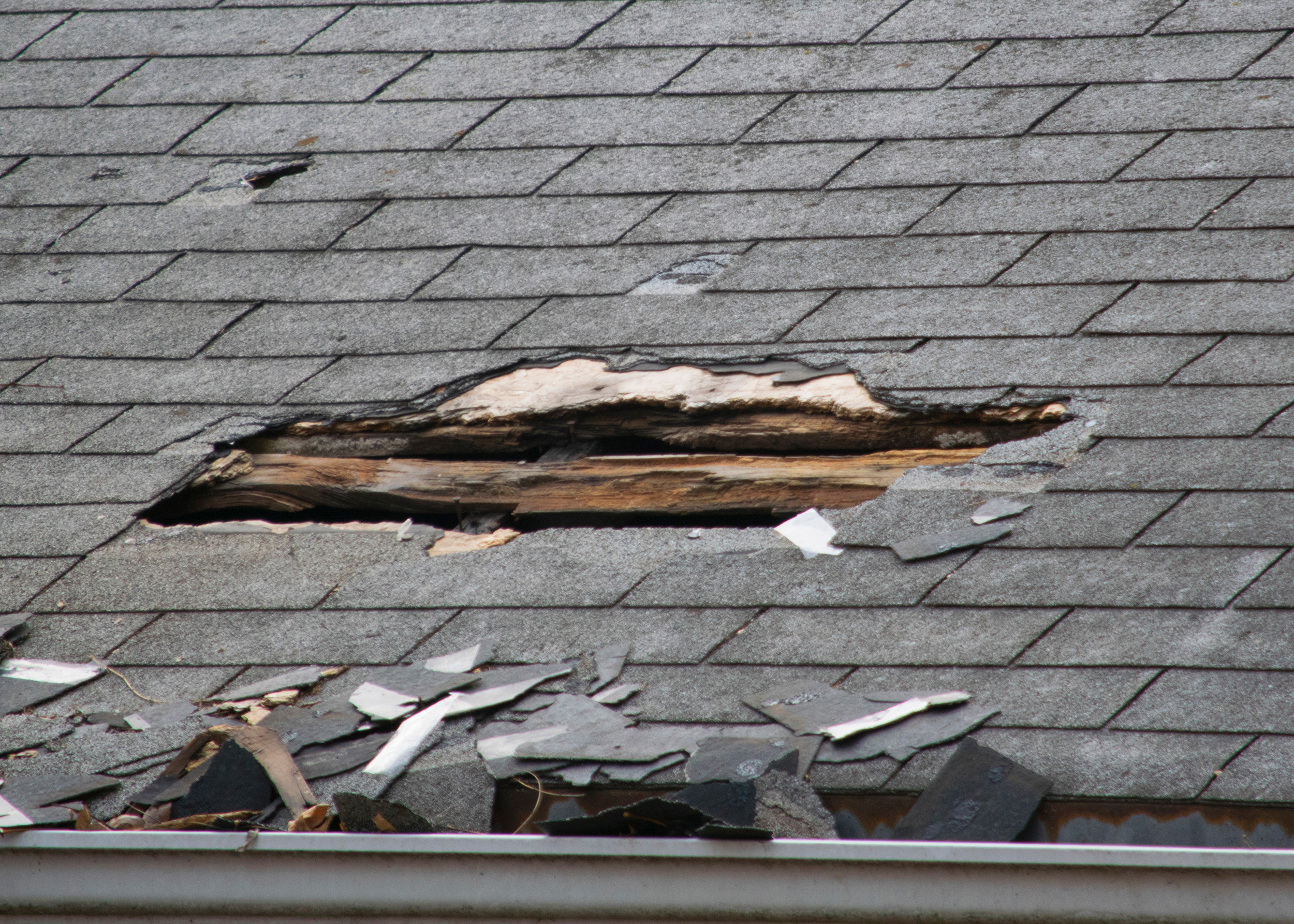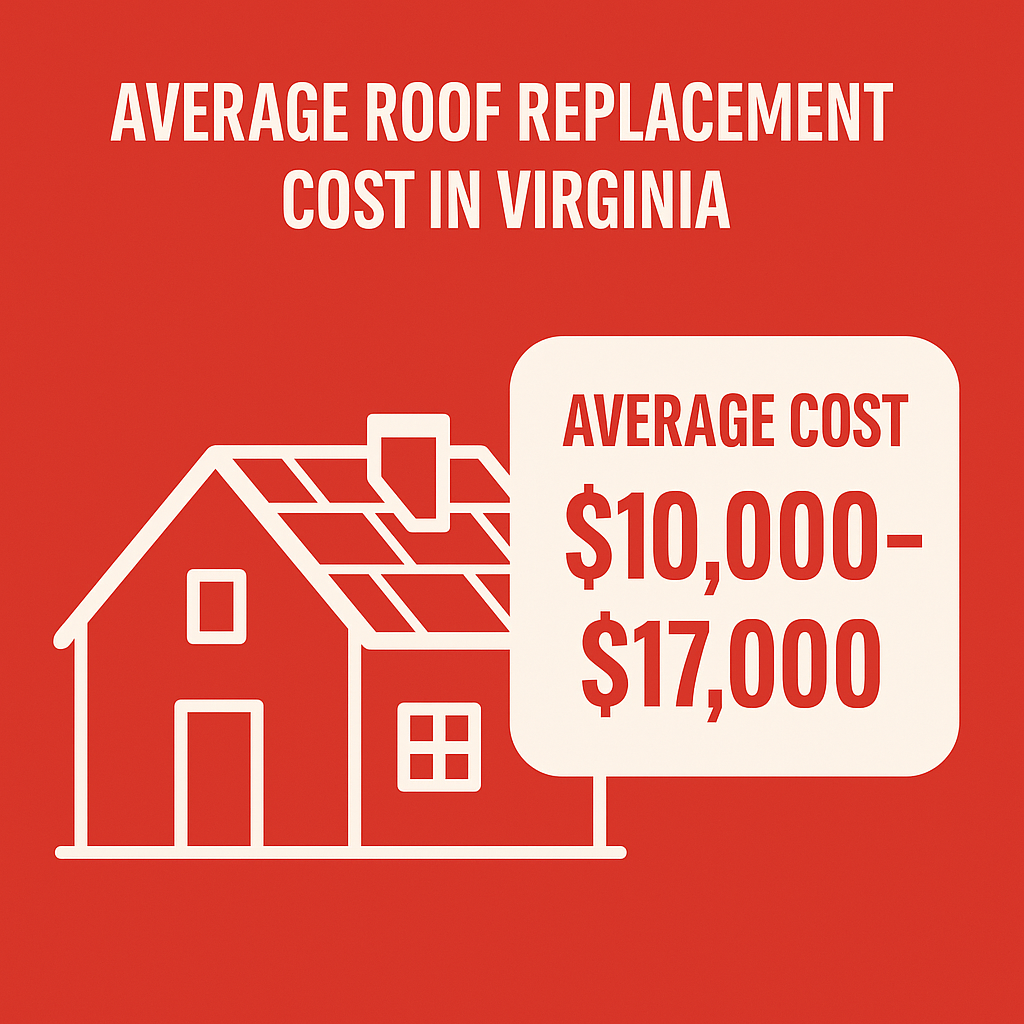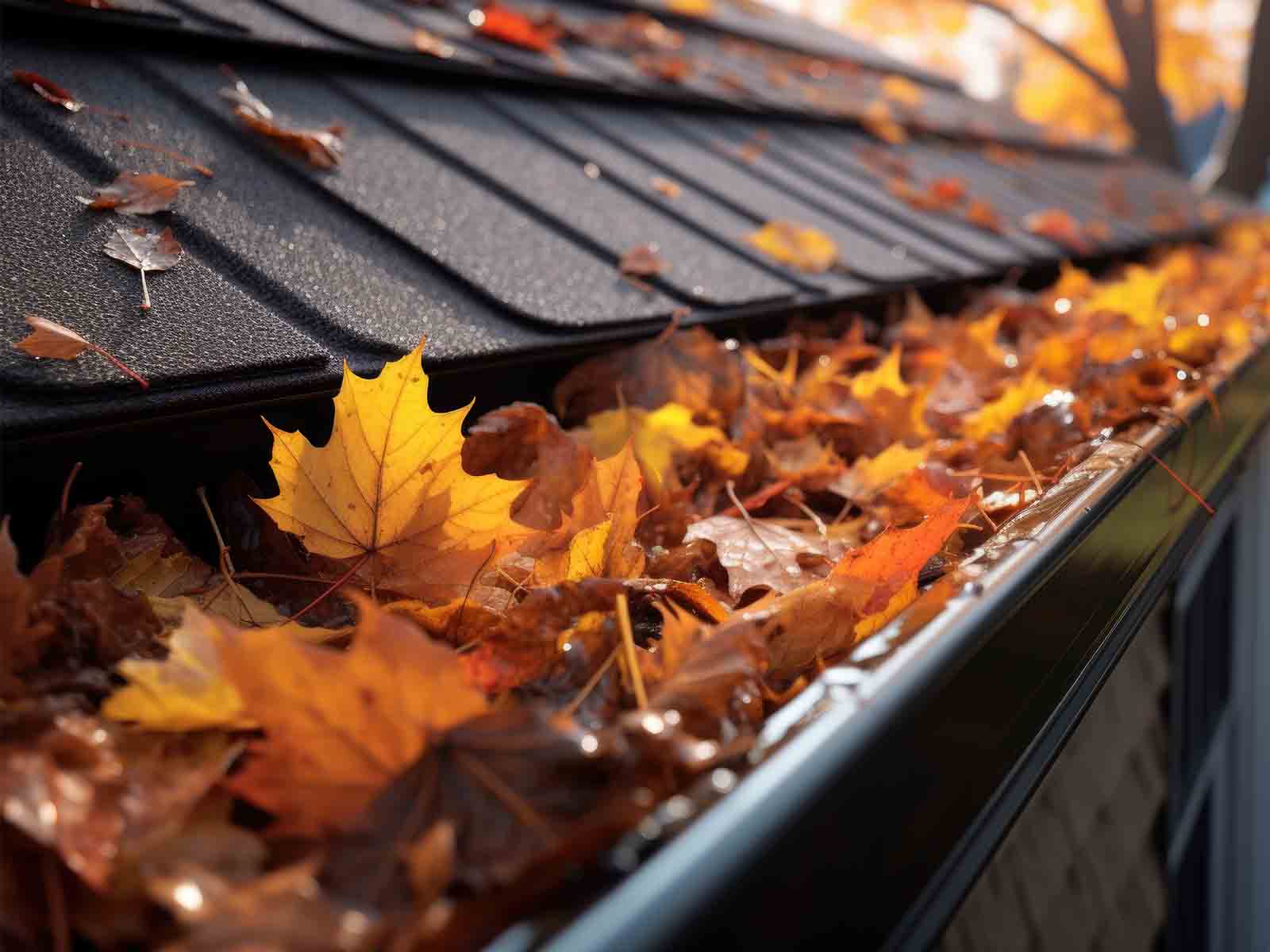Homeowners insurance can be a valuable asset when it comes to protecting your home and property, but it can also be a source of confusion and frustration. From understanding what types of coverage options are available to knowing when to file a claim, there are many factors to consider when it comes to homeowners insurance. This ebook is designed to help homeowners navigate the complexities of insurance for roof damage and to provide tips on avoiding insurance scams. We’ll cover everything from the types of coverage options available to the claims process and how to negotiate with insurance companies. By the end of this ebook, you’ll have a better understanding of how to protect your home and property from damage and how to make the most of your homeowners insurance coverage.
Table of Contents
- When to Call Homeowners Insurance
- Understanding homeowners insurance for roof damage
- Types of Roof Damage
- Filing a Claim
- The Claims Process
When to Call Homeowners Insurance
Avoiding Insurance Scams
After a major storm or natural disaster, it’s not uncommon for roofing companies to go door to door in affected neighborhoods to offer their services to homeowners. While this may seem like a convenient option for homeowners looking to repair their damaged roof, it’s important to exercise caution when dealing with these types of companies.
Some roofing companies may try to pressure homeowners into filing an insurance claim, even if the damage is not severe enough to warrant it. This can lead to increased insurance premiums and a loss of coverage for future claims. Insurance companies may view frequent calls from homeowners as a higher risk, leading to higher premiums in the long run.
When it comes to filing a claim with your insurance company, it’s important to do so only when necessary. It’s important to have a professional roofing contractor perform an inspection on your roof to accurately assess the condition of your roof and determine whether there is any damage that may be covered by your insurance policy. By doing so, you can avoid filing claims unnecessarily and potentially incurring rate increases.
Many homeowners insurance policies have a deductible that must be met before coverage kicks in, so it’s important to weigh the cost of repairs or replacement against your deductible. Armed with this information, you can make a more informed decision about whether to file a claim or pay for the repairs out of pocket.
Understanding Homeowners Insurance for Roof Damage
Types of Homeowners Insurance Policies and Coverage Options for Roofing
Homeowners should be aware of the different types of insurance policies available to them when it comes to protecting their roofs. Insurance policies vary in coverage options and pricing, so it’s important to understand the differences to ensure adequate coverage.
The most common insurance policies for homeowners are HO-1 through HO-8, which cover various perils, including damage caused by weather. However, policies may differ in their coverage for roofing damage. While HO-1 and HO-8 policies may not cover any damage to the roof, HO-2 and HO-3 policies often provide some level of coverage for roofing damage. Optional add-on coverage options are also available for homeowners to customize their policies.
Homeowners should carefully review their policies to understand the specifics of their coverage, including any exclusions or limitations on coverage for certain types of damage. Some policies may also have separate deductibles for roofing damage, which can impact the overall cost of repairs or replacement. It is recommended to review insurance policies regularly and speak with insurance agents or roofing professionals if there are any questions or concerns.
How Insurance Companies Determine Coverage and Premiums for Roofing
The age and condition of the roof are major factors in determining coverage and premiums. Insurance companies may consider the age of the roof, the type of materials used, and the history of any previous repairs or damage. A newer roof in good condition may be less likely to require repairs or replacement, which can lead to lower premiums. Conversely, an older or poorly maintained roof may be seen as a higher risk and lead to higher premiums or limitations on coverage.
The location and climate of the property are also important factors for determining coverage and premiums. Properties located in areas prone to severe weather events such as hurricanes, tornadoes, or heavy snowfall may have higher premiums due to the increased risk of damage to the roof. Insurance companies may also consider the local building codes and regulations when determining coverage and premiums.
The likelihood of damage from various perils is another factor that insurance companies consider. Perils such as wind, hail, or falling objects can cause damage to the roof, and insurance companies will assess the risk of these events based on factors such as the location and climate of the property. Insurance policies may also have different deductibles or limitations on coverage for specific perils, which can affect the overall cost of repairs or replacement.
In addition to these factors, insurance companies may also consider the claims history of the homeowner when determining coverage and premiums. A homeowner who has filed multiple claims in the past may be seen as a higher risk and lead to higher premiums or limitations on coverage.
How to Read and Understand Your Insurance Policy for Roofing
Reading and understanding your homeowners insurance policy can be a daunting task, but it is an essential part of protecting your home and its contents. Your policy is a legal contract between you and your insurance company, and it outlines the specific terms and conditions of your coverage. Here are some tips to help you read and understand your insurance policy:
Start with the declarations page: This page provides a summary of your policy, including the coverage limits and deductibles for each type of coverage.
Review the coverage sections: Your policy will have separate sections for different types of coverage, such as dwelling coverage, personal property coverage, and liability coverage. Each section will outline the specific types of events that are covered and any exclusions or limitations.
Look for endorsements: Endorsements are additions or changes to your policy that can modify or expand your coverage. Make sure you understand any endorsements that are included in your policy.
Understand your deductibles: Your deductible is the amount you will have to pay out of pocket before your insurance coverage kicks in. Make sure you understand your deductible amounts and how they apply to different types of claims.
Ask questions: If you don’t understand something in your policy, don’t hesitate to ask your insurance agent for clarification. It’s better to fully understand your coverage before you need to file a claim.
By taking the time to read and understand your insurance policy, you can make sure you have the right coverage in place to protect your home and its contents.
Common exclusions and limitations to coverage
While homeowners insurance policies provide coverage for a wide range of perils, there are some common exclusions and limitations to coverage that homeowners should be aware of. These include:
- Floods: Most homeowners insurance policies do not cover damage caused by floods. Homeowners may need to purchase separate flood insurance to protect their homes in the event of a flood.
- Earthquakes: Similarly, most homeowners insurance policies do not cover damage caused by earthquakes. Homeowners in earthquake-prone areas may need to purchase separate earthquake insurance.
- Maintenance issues: Homeowners insurance policies typically do not cover damage caused by lack of maintenance or wear and tear. It is important for homeowners to properly maintain their homes and address any issues promptly to avoid being denied coverage for damages.
- Intentional acts: Homeowners insurance policies do not cover damage caused by intentional acts, such as arson or vandalism.
- Business activities: Homeowners insurance policies typically do not cover damage or liability related to business activities conducted on the property.
- High-value items: Homeowners insurance policies may have limits on coverage for high-value items, such as jewelry or art. Homeowners may need to purchase additional coverage to fully protect these items.
- Liability limits: Homeowners insurance policies have limits on the amount of liability coverage provided. Homeowners may need to purchase additional liability coverage if they have significant assets to protect.
It is important for homeowners to fully understand their insurance coverage and any exclusions or limitations to that coverage. Homeowners should work with their insurance agent to make sure they have the right coverage in place to protect their homes and assets.
Types of Roof Damage
Common Causes of Roof Damage
There are several common causes of roof damage, including natural disasters, age, and wear and tear. Natural disasters such as hurricanes, tornadoes, and heavy rain or snow can cause significant damage to a roof. Strong winds can lift shingles or tiles, while heavy rain or snow can cause leaks and water damage. Hail can also cause dents or punctures in the roof.
Over time, a roof will naturally age and deteriorate. Exposure to the sun, wind, and rain can cause roofing materials to break down and become less effective. This can lead to leaks, cracks, and other types of damage. In addition, the roof’s structural components, such as the decking and rafters, can also deteriorate over time.
Wear and tear is another common cause of roof damage. Foot traffic, tree branches, and debris can all cause damage to a roof. Improper installation or maintenance can also cause damage, such as poorly installed flashing or lack of regular cleaning and maintenance.
To prevent roof damage, it is important to take proactive steps such as regular inspections and maintenance, clearing debris and branches, and ensuring proper installation and repairs. In the event of a natural disaster, it is important to take quick action to assess and repair any damage to prevent further issues.
Signs of Roof Damage
It’s important for homeowners to be able to identify signs of roof damage, such as water stains on ceilings, cracked or warped shingles, or visible damage to the roof structure. Other signs may include mold growth, missing or damaged flashing, and granules from asphalt shingles in gutters. If any of these signs are present, it’s important to call a professional roofing contractor to assess the damage and provide a plan for repair or replacement.
If you suspect that your roof has sustained damage, it’s important to call a professional roofing contractor to assess the situation. A professional inspection can help identify any potential issues and provide a plan for repair or replacement. It’s important to choose a reputable and experienced roofing contractor who is licensed and insured. The contractor should provide a detailed assessment of the damage and a clear plan for addressing it.
Filing a Claim
Steps to take when filing a claim with your insurance company
Filing an insurance claim for roof damage can be a complex and stressful process. However, taking the right steps can help ensure that the process goes as smoothly as possible. Here are some steps to take when filing a claim with your insurance company for roof damage, after working with a roofing company to determine there is enough damage to warrant filing a claim:
- Document the damage: Take photos or video of the damage to your roof and surrounding property. This will provide evidence to support your claim.
- Contact your insurance company: Notify your insurance company as soon as possible to begin the claims process. Be sure to provide all necessary information, such as the date of the damage and any details regarding the cause.
- Schedule an inspection: Your insurance company may send out an adjuster to assess the damage and determine the amount of coverage you are eligible for.
- Obtain estimates: Get estimates from licensed roofing contractors for the cost of repairs or replacement. Be sure to provide these to your insurance company for consideration.
- Review your policy: Carefully review your insurance policy to understand your coverage and deductible. Your insurance company will only cover damage that is listed in your policy.
- Keep records: Keep track of all communications with your insurance company and contractors, including dates, times, and names of those involved.
- Make repairs: Once you have received approval from your insurance company, you can begin making repairs. Be sure to keep receipts and documentation of all repairs and expenses.
By following these steps, you can help ensure that your insurance claim for roof damage is processed smoothly and efficiently.
Documentation needed to support your claim
When filing a claim with your insurance company for roof damage, it’s important to have proper documentation to support your claim. This documentation will help your insurance company assess the damage and determine the appropriate coverage for your claim.
- Photos or videos of the damage, including the extent of the damage and any potential causes. These visual records can help provide evidence of the damage and support your claim. Be sure to take photos from multiple angles and in good lighting to ensure that all the damage is captured.
- Receipts or invoices related to repairs or replacement of the damaged roof. This can include receipts for any temporary repairs that were done to prevent further damage, as well as receipts for any materials or labor used for the permanent repair or replacement of the roof.
- Documentation related to the age and condition of the roof prior to the damage. This can include maintenance records, inspection reports, and receipts for previous repairs. This information can help your insurance company determine the extent of the damage and the appropriate coverage for your claim.
- Copy of your insurance policy and any correspondence with your insurance company related to the claim. This will help ensure that you understand the coverage and limitations of your policy, and can provide evidence of any communication with your insurance company regarding the claim.
Having these types of documentation can help streamline the claims process and ensure that you receive the appropriate coverage for your roof damage. It’s important to be proactive in documenting any damage and gathering the necessary information to support your claim.
Common mistakes to avoid when filing a claim
Filing an insurance claim for roof damage can be a stressful and confusing process, especially if it’s your first time. It’s important to approach the process carefully and avoid common mistakes that could jeopardize your claim. Here are some common mistakes to avoid when filing a claim:
- Failing to read your policy: Before filing a claim, it’s important to read your policy and understand what is and isn’t covered. Don’t assume that your policy covers everything, as there may be exclusions and limitations that you’re not aware of.
- Waiting too long to file: Most insurance policies have a deadline for filing a claim, so it’s important to act quickly. Waiting too long could result in your claim being denied.
- Not documenting the damage: Be sure to take photos and videos of the damage to your roof, as well as any other damage to your property. This documentation will be important when filing your claim.
- Failing to mitigate further damage: If your roof has been damaged, it’s important to take steps to prevent further damage. This may involve covering the roof with a tarp or boarding up broken windows.
- Not hiring a reputable contractor: Your insurance company may require you to get an estimate from a contractor before approving your claim. It’s important to hire a reputable contractor with experience in roof repair or replacement.
- Exaggerating the damage: While it’s important to document the damage, don’t exaggerate the extent of the damage or make false claims. This could result in your claim being denied or even lead to legal consequences.
- Forgetting to follow up: After filing a claim, be sure to follow up with your insurance company regularly to check on the status of your claim. Don’t assume that everything is being taken care of without any action on your part.
By avoiding these common mistakes, you can improve your chances of a successful insurance claim for roof damage. Remember to read your policy carefully, document the damage, act quickly, and hire a reputable contractor to ensure that your claim is handled smoothly and efficiently.
The Claims Process
How the claims process works
The claims process typically involves several steps, starting with notifying your insurance company of the damage and providing documentation.
The first step in the claims process is to contact your insurance company as soon as possible after the damage occurs. You will need to provide your policy number, a description of the damage, and any other relevant information.
The role of insurance adjusters and contractors
The insurance company will then assign an adjuster to your claim who will assess the damage and determine the extent of coverage. Once the adjuster has evaluated the damage, they will provide you with an estimate of the repair costs and the amount of coverage you are eligible for. This estimate will be based on the terms of your policy and the adjuster’s assessment of the damage. You will need to review this estimate carefully and ensure that it accurately reflects the damage to your roof.
If you agree with the estimate, you can proceed with the repair work and submit invoices and receipts to the insurance company for reimbursement. If you disagree with the estimate, you can request a reevaluation or negotiate with the adjuster to reach a more satisfactory estimate.
How to negotiate with insurance companies
Negotiating with insurance companies for roof damage can be a daunting process, but it is important to advocate for fair compensation for your repairs. Here are some tips to help you negotiate effectively:
- Understand your policy: Before entering negotiations, make sure you thoroughly understand your insurance policy and the coverage it provides for roof damage. This will allow you to make informed arguments for why certain repairs should be covered.
- Get multiple quotes: Obtain quotes from multiple roofing contractors to determine the true cost of the repairs. This will provide you with an accurate estimate to present to the insurance company.
- Provide documentation: When submitting your claim, include documentation of the damage, such as photos and written reports from roofing professionals. This will help support your case and provide evidence for why the repairs are necessary.
- Keep detailed records: Keep detailed records of all communications with the insurance company, including phone calls, emails, and written correspondence. This will help you stay organized and be prepared if you need to escalate the claim.
- Be persistent: Negotiating with insurance companies can be a lengthy process, but it is important to be persistent and follow up regularly. Don’t be afraid to escalate the claim if necessary or seek legal advice if you feel you are not receiving fair compensation.
By following these tips, you can increase your chances of receiving fair compensation for your roof damage repairs and ensure that your home remains protected.




